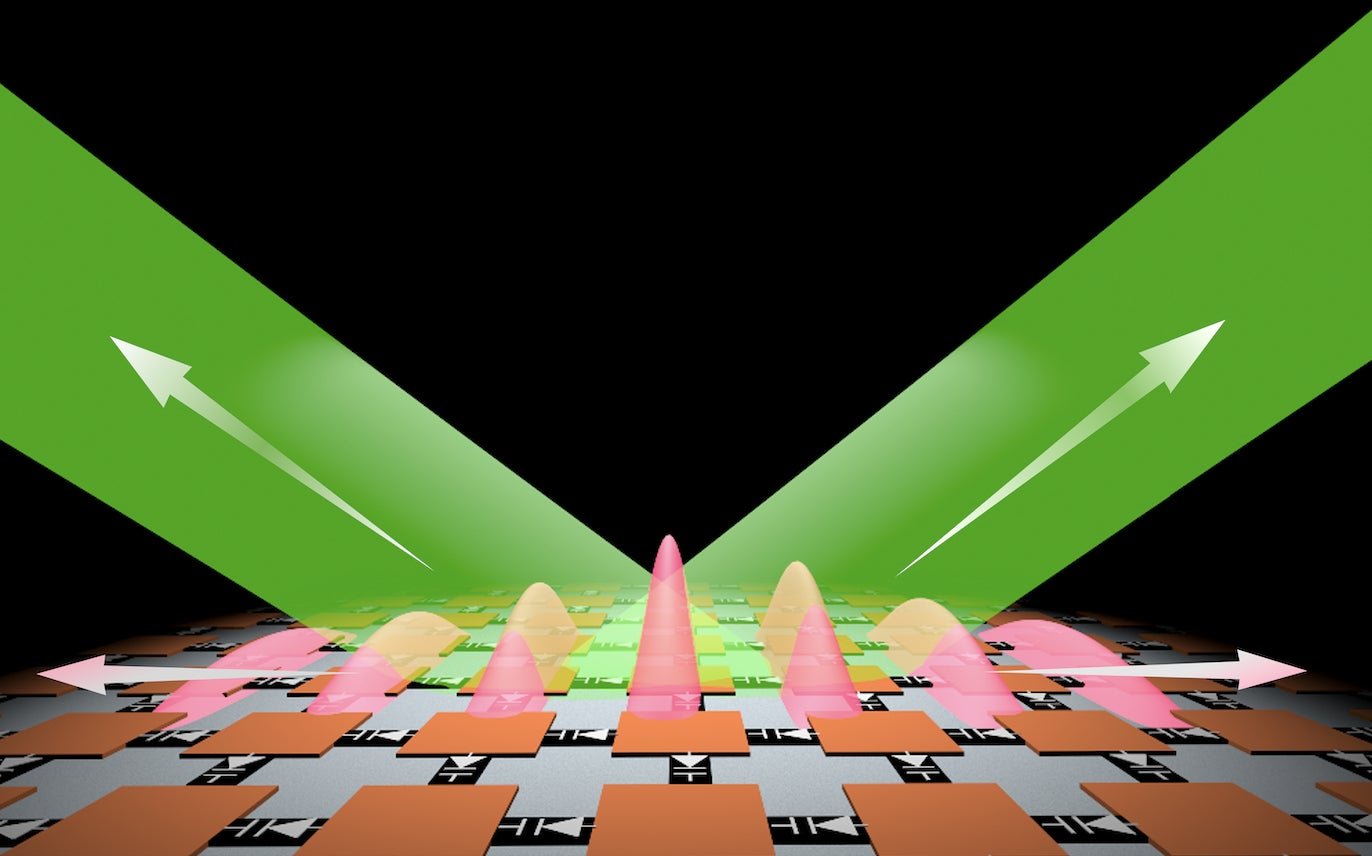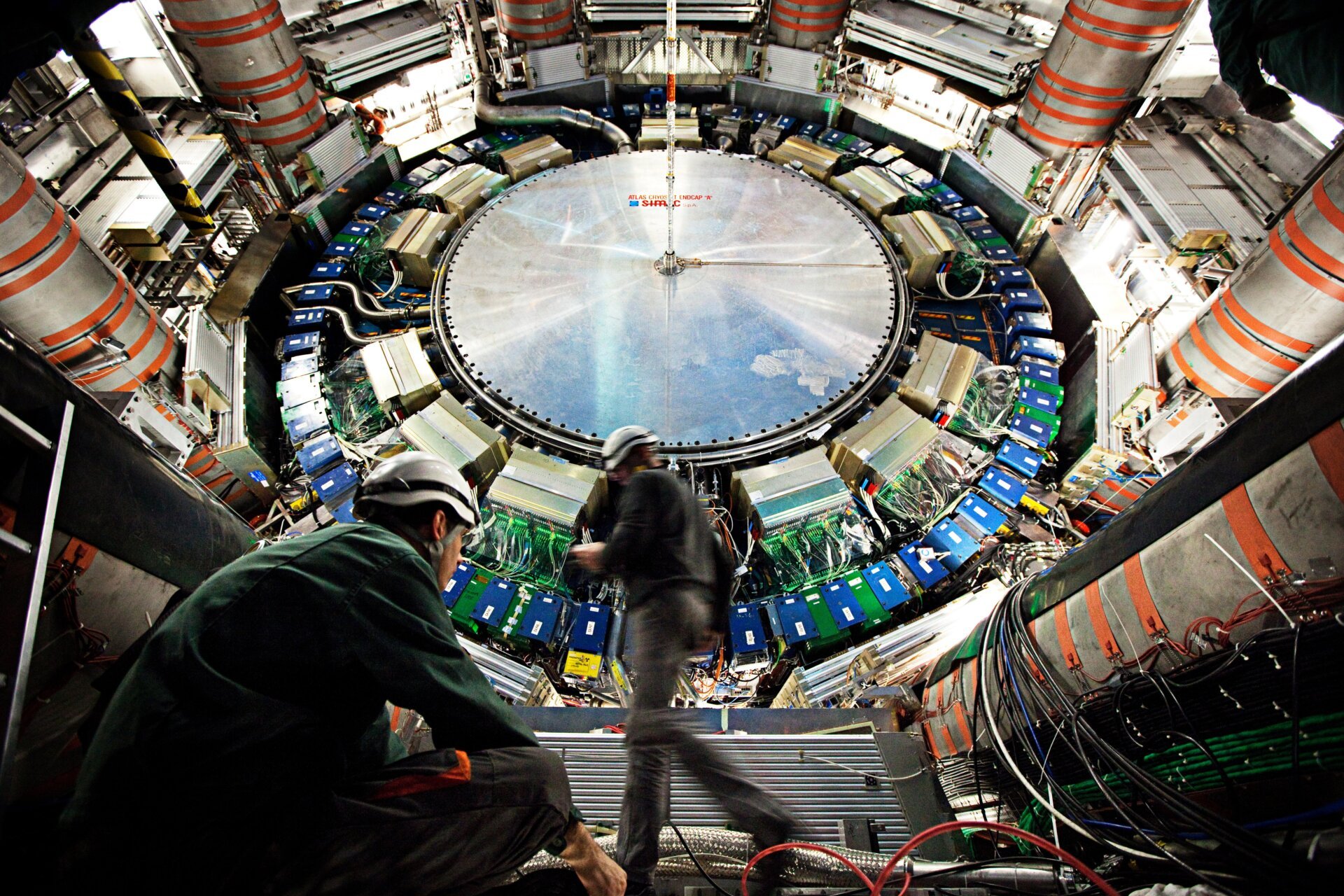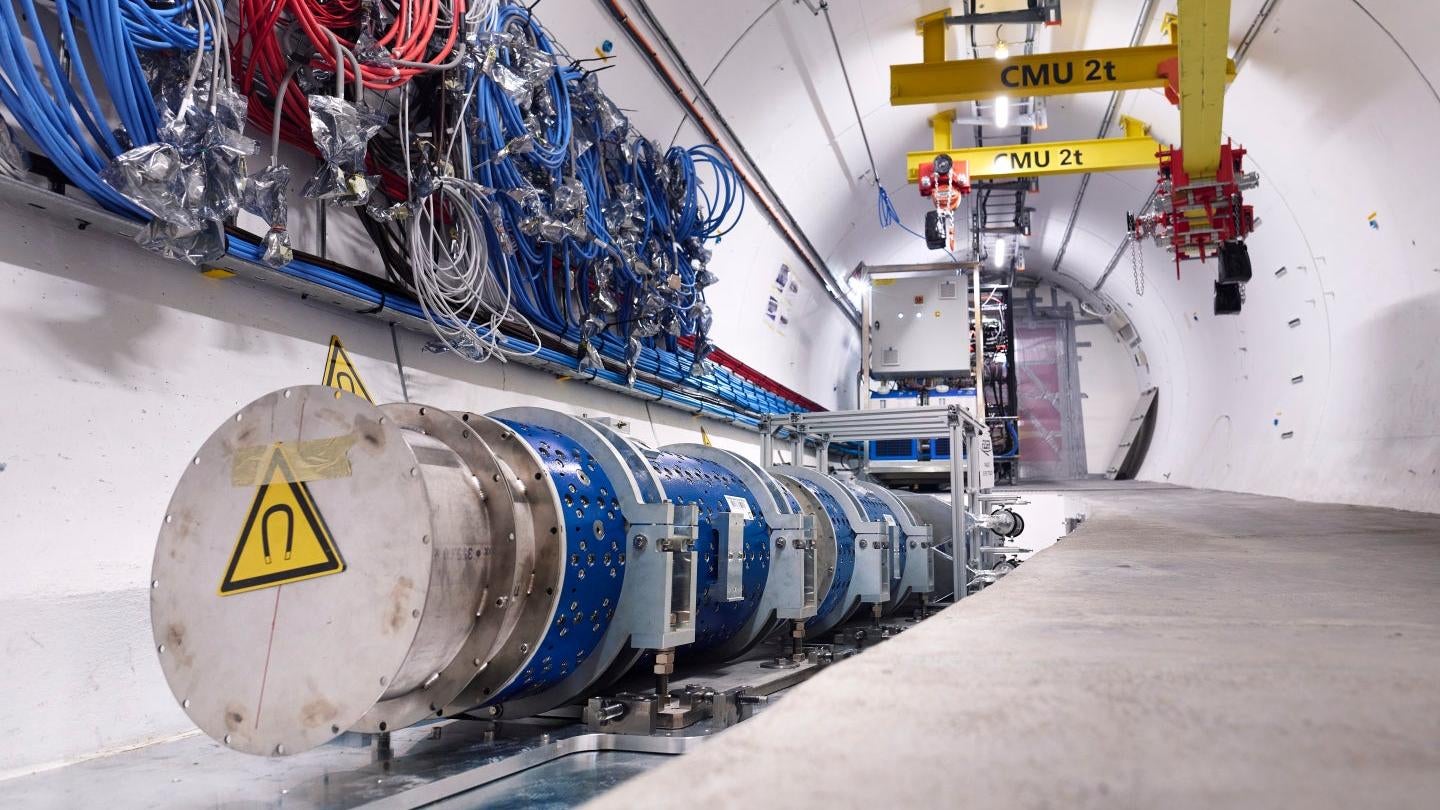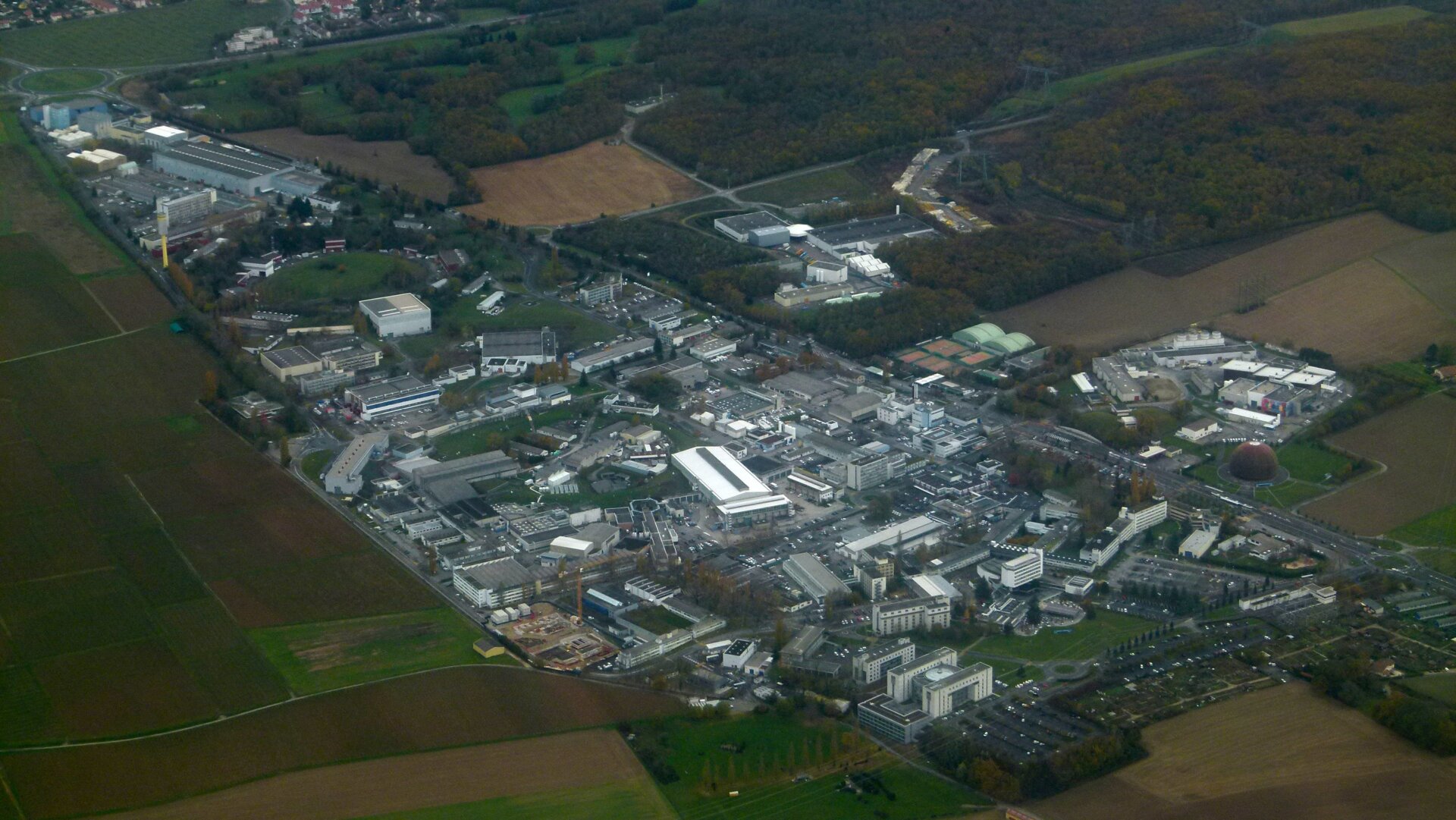Photonic time crystals, artificial structures with periodically changing optical properties, have shown promise for various technological applications. Researchers have recently made a significant breakthrough by developing a two-dimensional photonic time crystal, potentially paving the way for advancements in areas like wireless communication and laser technology. This new 2D crystal, a mere 0.08 inches (2 millimeters) thick, amplifies light at microwave frequencies, offering advantages in terms of manufacturing and implementation.
Slim Design, Big Potential
Traditional 3D photonic time crystals have proven challenging to construct and manipulate. This led researchers to explore 2D alternatives. The team’s findings, published in Science Advances, detail the creation of a thin, 2D photonic time crystal that effectively amplifies microwaves. “By modulating the electromagnetic property of the metasurface over time, we created a 2D photonic time crystal,” explained Xuchen Wang, a physicist at the Karlsruhe Institute of Technology and the study’s lead author. This 2D design offers significant advantages over 3D counterparts, making them thinner, lighter, and easier to manufacture, much like the improvements metasurfaces brought to metamaterials.
Amplifying Light with Precision
Photonic crystals possess a unique structure that affects their interaction with light. Their ability to refract light changes periodically, enabling precise control over light waves. In laboratory settings, scientists can fine-tune the electromagnetic properties of metamaterials to create photonic crystals that excel at amplifying light. This amplification arises from the coherent pattern of photons within the crystal, similar to how pulsed laser patterns maintain coherence in quantum bits, extending quantum states.
Energy Dynamics and Future Applications
The energy dynamics within photonic time crystals are particularly intriguing. “In photonic time crystals, energy is not conserved,” noted Mordechai Segev, a physicist at the Technion Israel Institute of Technology, in a recent interview with Nature Photonics. This non-conservation of energy allows for exponential increases in amplitude, significantly impacting the underlying physics and opening up exciting possibilities for various applications.
The potential applications of this discovery are far-reaching, impacting numerous photonics-based devices. For instance, coating devices with 2D photonic time crystals could enhance wireless signal strength and reliability. While the current crystal amplifies microwave frequencies, Wang suggests that modifications could enable operation at millimeter-wave frequencies used in 5G communications.
From Microwaves to Millimeter Waves
Although the current 2D photonic time crystal design works with microwave frequencies, the research team believes it can be adapted for millimeter-wave frequencies used in 5G and other advanced communication technologies. This adaptability further expands the potential applications of this breakthrough.
Looking Ahead
The scalability and real-world performance of this 2D photonic time crystal technology remain to be fully explored. Further research and development will be crucial in determining the full extent of its potential and realizing its integration into future technologies. However, the initial results are promising, suggesting a significant step forward in the field of photonics and its potential to revolutionize various industries.











